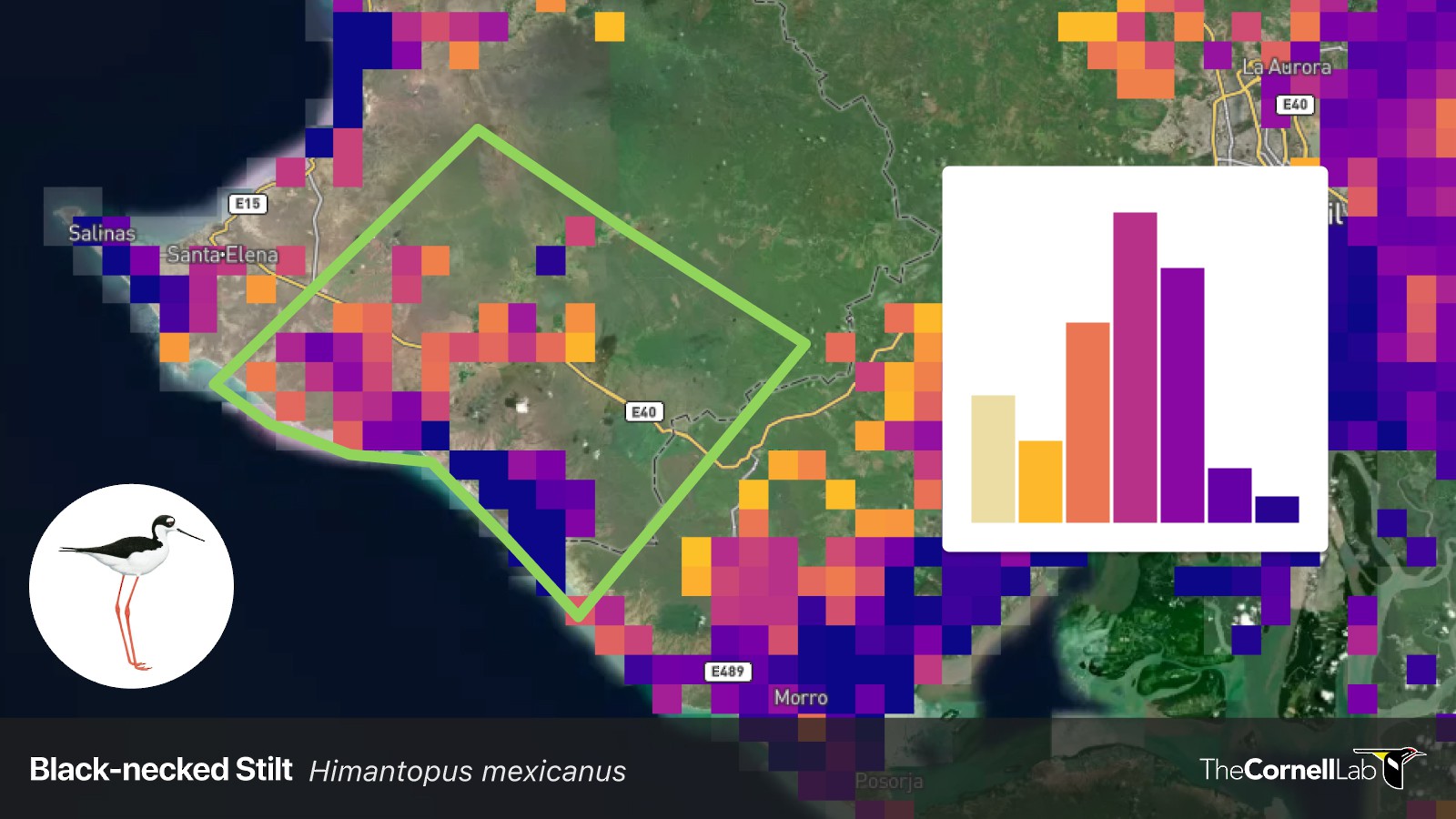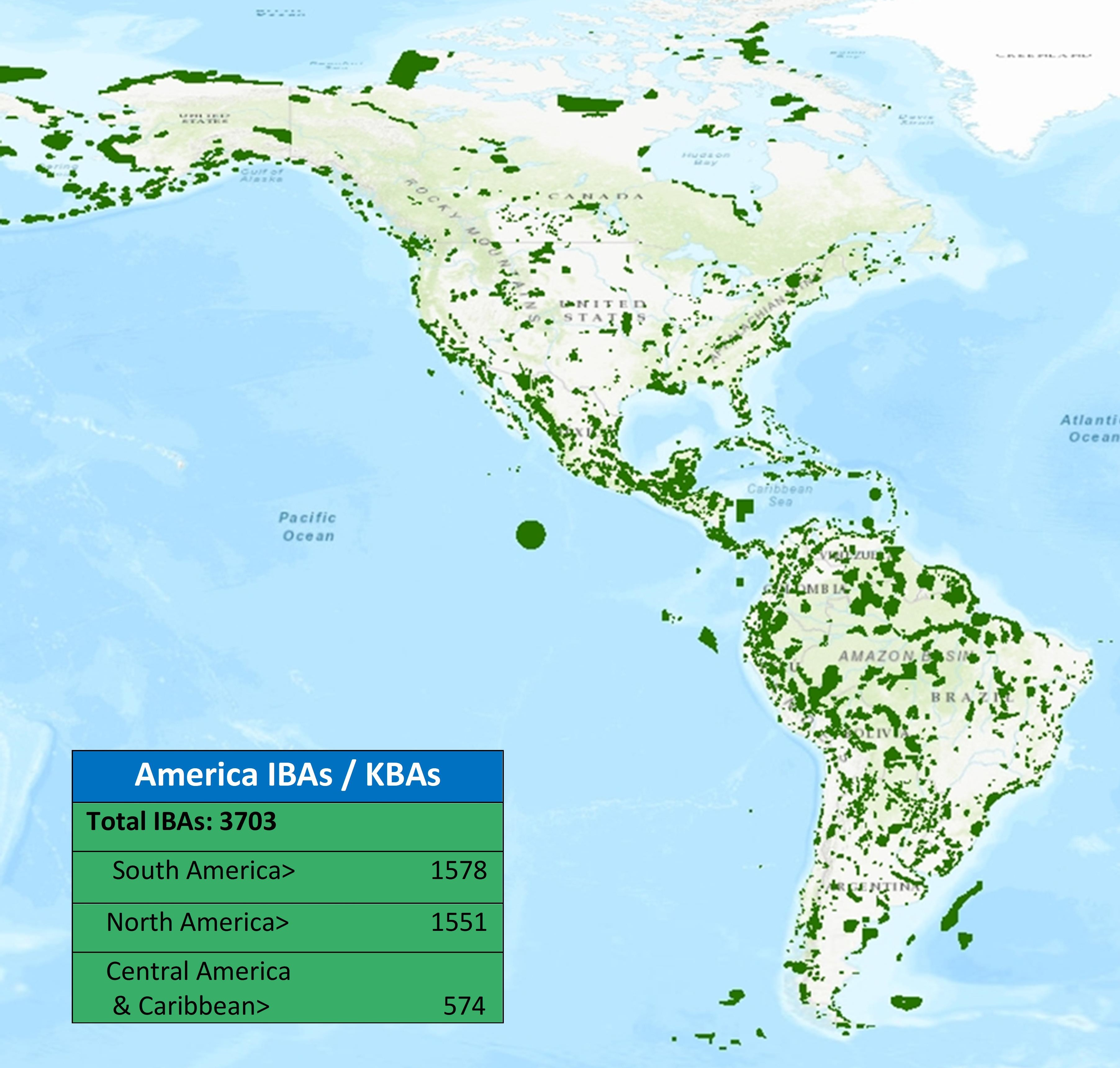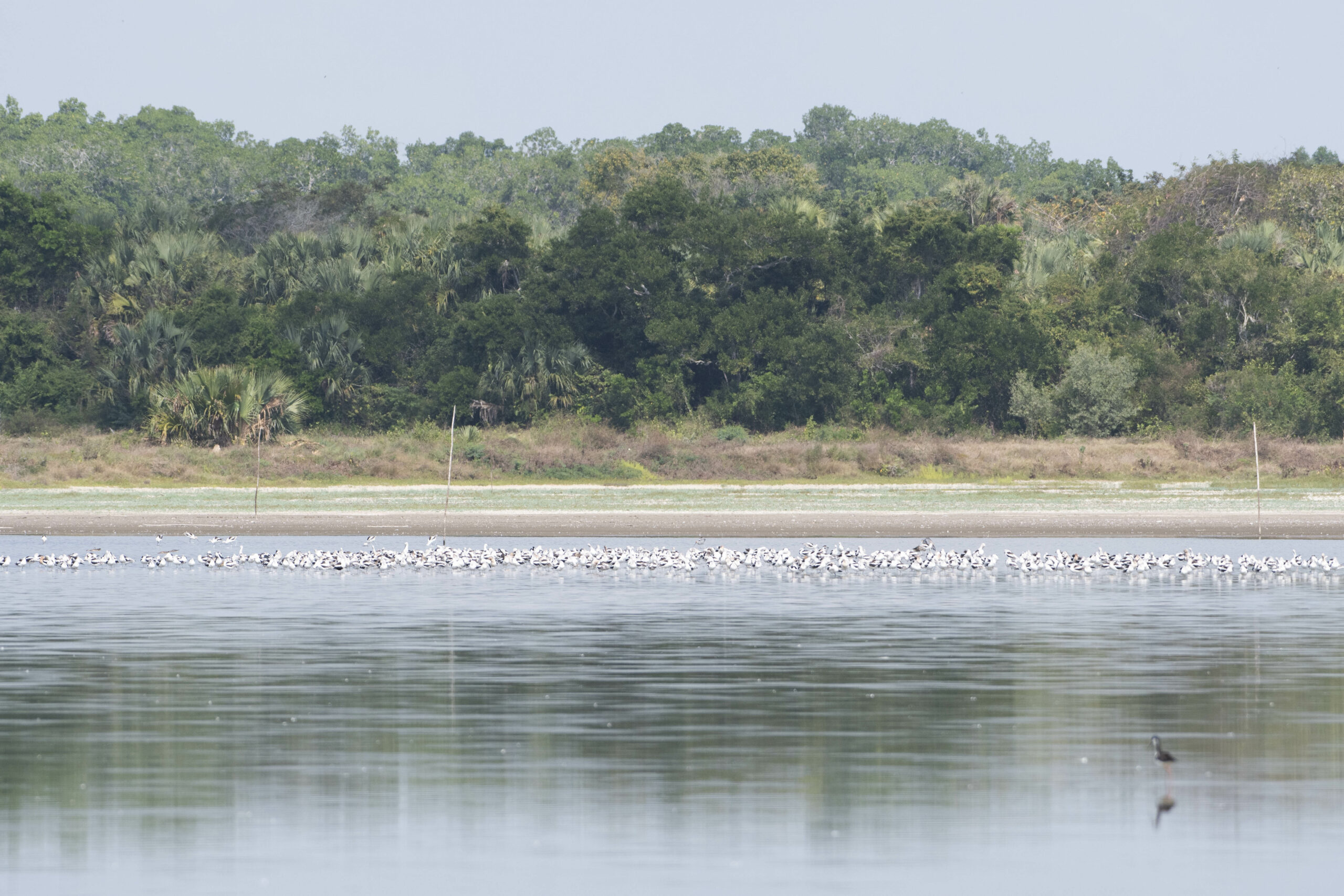ShorebirdViz

The Cornell Lab of Ornithology teamed up with multiple non-profit organizations, international shorebird collaboratives, biologists, and agencies including Manomet, Point Blue Conservation Science, and Calidris to create ShorebirdViz—an interactive tool that combines observations of shorebirds in eBird with state-of-the art statistical models and machine learning to produce relative abundance estimates and estimates of population size across the Western Hemisphere. ShorebirdViz is the result of a co-creative process that is designed to provide decision makers, land managers, conservationists, and biologists with a better understanding of when and where shorebirds occur throughout the Western Hemisphere—information that was previously lacking at the fine spatial and temporal scales needed for effective shorebird conservation.
ShorebirdViz provides relative abundance estimates for 51 species of migratory shorebirds in the Western Hemisphere for every week of the year. Relative abundance is the estimated average count of individuals detected by an eBirder during a 1 hour, 1 kilometer traveling checklist. For each species, relative abundance is estimated for each week of the year across a regular spatial grid with a density of one location per 2.96 km × 2.96 km grid cell across the Western Hemisphere. Relative abundance estimates for each location and date are made while accounting for variation associated with search-effort, hourly weather variables, and environmental variables including habitat, elevation, shorelines, land use, and topography. For more information about the statistical model behind ShorebirdViz visit our FAQs page and see Fink, D., Auer, T., Johnston, A., Ruiz-Gutierrez, V., Hochachka, W.M., Kelling, S. (2019).
ShorebirdViz also provides predictions of relative abundance in areas where few shorebird surveys have been conducted, helping fill essential data gaps that have limited our ability to identify important areas for shorebirds across multiple spatial and temporal scales. All results displayed in ShorebirdViz have predictions from at least 50 independent models, each requiring at least 50 complete checklists to improve reliability of the predictions. Weekly predictions have also been validated by expert ornithologists.
The interactive nature of ShorebirdViz gives users the ability to see spatial patterns in shorebird distributions at multiple scales, from the entire Western Hemisphere to smaller coastal areas at weekly intervals. In this way managers can quickly spot dense concentrations of shorebirds across large spatial scales to help identify important areas for shorebird species.
Perhaps one of the most useful parts of ShorebirdViz is the ability to get relative abundance estimates for custom areas without the use of complex statistical software packages. For the first time, users can easily draw custom shapes to get estimates of relative abundance and the percentage of the total population that occurs within a specific region for every week of the year. Previously obtaining relative abundance estimates in specific areas would have required proficiency in program R and statistical know-how limiting the utility of eBird data products. Now relative abundance estimates are accessible to everyone and the data can be downloaded in .csv format or GeoJson format for use in additional analyses.
ShorebirdViz also provides estimates of the percent of the total (Western Hemisphere) population within custom polygons—one of the most requested metrics by practitioners. Knowing what percent of the total population occurs at a given site throughout the year is a key metric needed to assess relative importance of an area to the overall population and is necessary for establishing conservation priorities. Percent of the total (Western Hemisphere) population can also be summed to allow for comparison across weeks and species within a polygon to quickly identify the relative importance of an area for multiple shorebird species.
ShorebirdViz in action
“Combined with data on short-term habitat change, insights from ShorebirdViz could be a game-changer to identify bottlenecks across landscapes where critical resources are scarce. For example, the location of shorebird concentrations could reveal the location and dynamics of critical wetlands during periods of water stress,” says Richard Johnston Gonzalez, a Coastal Solutions fellow at the Cornell Lab of Ornithology and a research associate at Asociación Calidris, Colombia.
ShorebirdViz can be used to achieve a variety of conservation goals including identifying important areas for shorebirds, seeking regulatory protections for key areas, developing collaborative means to protect human livelihoods and shorebird populations, and more.
Identify and seek protection for areas important for shorebirds
Maria Gabriela Toscano, the Important Bird Area (IBA) regional coordinator for the Americas at Birdlife International, is using ShorebirdViz to guide the selection of IBAs—sites recognized as being globally important for the conservation of bird species. Toscano’s goal is to identify locations where large concentrations of shorebirds exist and ensure that those areas have proper protections. ShorebirdViz allows Toscano and her colleagues to see at a glance where 51 species of shorebirds are most abundant at specific locations across the entire year. Toscano says, “ShorebirdViz gives us the most recent information on shorebird populations, and in the future the tool will make it easier to keep our databases updated.”
Ultimately, Toscano says that ShorebirdViz can help identify sites that shorebirds use that lack formal protections. This information, Toscano says, could help organizations more effectively raise money to seek protections and help to ensure that shorebirds have places to stopover along their migratory routes and suitable places to spend the nonbreeding periods.

Locations of Important Bird Areas and Key Biodiversity Areas throughout the Americas. © M. Gabriela Toscano, BirdLife International
Support shrimp farming and shorebirds
Throughout much of Latin America shrimp farms dot the coastal zone and sustain livelihoods by creating economic benefits for communities. Those same coastal zones are also important for shorebirds, often creating conflict between shorebirds and farmers. But there are ways for shorebirds and shrimp farming to co-exist.

Shorebirds at Finca Tamashan, a shrimp farm in Retalhuleu, Guatemala. © Moises Rodriguez/Macaulay Library
Karla Varinia Sagastume Pinto, a Coastal Solutions Fellow at the Cornell Lab of Ornithology, is planning to use ShorebirdViz to create guidelines for shrimp farmers in coastal Guatemala to benefit shorebirds and farmers.
Sagastume Pinto says, “ShorebirdViz is important for me because I will be able to learn when shorebirds are using the shrimp ponds and then I can create time specific guidelines for producers to implement practices that improve the quality and availability of habitat within the shrimp farm during that period."
Shorebirds are sensitive to water levels in shrimp farms, so Sagastume Pinto says she can use ShorebirdViz to guide farmers to maintain water levels suitable for shorebirds when shorebirds are going to be present, creating a win-win scenario. "ShorebirdViz", says Sagastume Pinto, "could help us develop strategies that allow us to align the productive activities and the needs of shorebirds over time."
Support bird friendly legislation
Laws designed to provide protection of wetlands or other ecosystems are often the best way to ensure that important areas for biodiversity continue to provide key resources for wildlife and people as well. In 2020, Chile enacted a new law designed to protect wetlands in urban areas to support wildlife and conserve the ecological character and function of these areas.
Flavio Sciaraffia, a collaborator at the Rio Cruces Wetland Center and currently a Coastal Solutions Fellow at the Cornell Lab of Ornithology, helped develop the bylaws for the new Urban Wetland Protection Law in Chile. “Under the Urban Wetlands Law,” Sciaraffia says, “once municipalities apply for and get protections for a wetland, municipalities are responsible for management and monitoring of the site.”
While these stipulations are put in place to ensure proper protections, municipalities often lack the resources to conduct such surveys. “ShorebirdViz,” says Sciaraffia, “could be one of the tools municipalities use to conduct the required monitoring.” ShorebirdViz would allow municipalities to quickly and easily obtain abundance estimates of shorebirds within the wetland area without added expenses. Tools like ShorebirdViz could be instrumental in helping more wetlands areas get legal protection in Chile.
ShorebirdViz and you
If you are using ShorebirdViz to advance shorebird conservation, we want to hear from you. Please submit a ticket at our help center, put ShorebirdViz in the subject line, and share how you are using ShorebirdViz.
Acknowledgments
This work was made possible with support from the David and Lucile Packard Foundation.
Special thanks to Global Intertidal Change project for making high quality data about tidal mudflats available. Murray N. J., Phinn S. R., DeWitt M., Ferrari R., Johnston R., Lyons M. B., Clinton N., Thau D. & Fuller R. A. (2019) The global distribution and trajectory of tidal flats. Nature. 565:222-225. http://dx.doi.org/10.1038/s41586-018-0805-8
